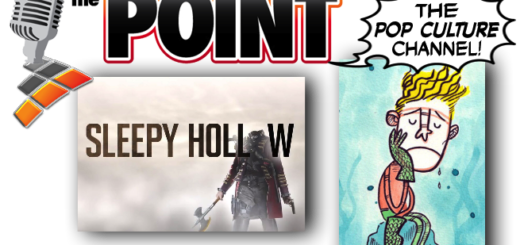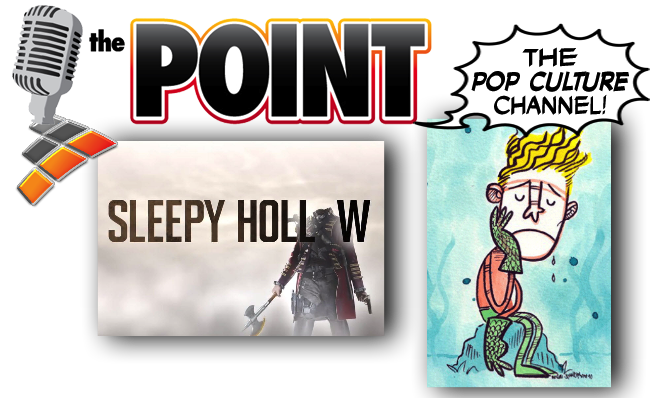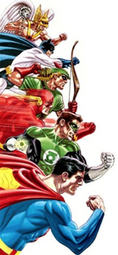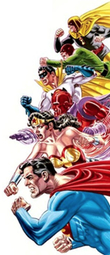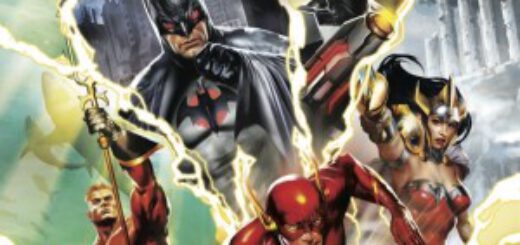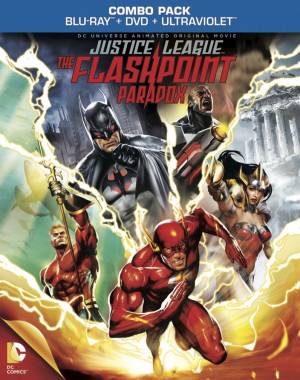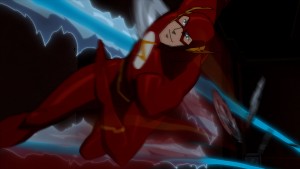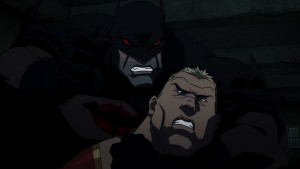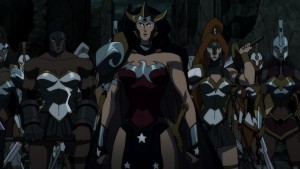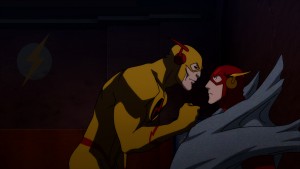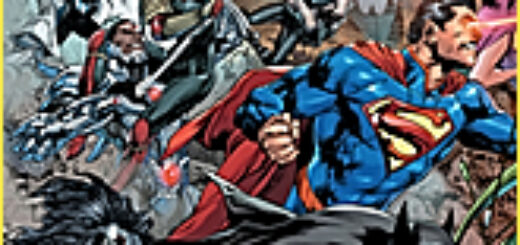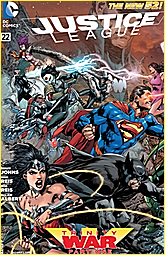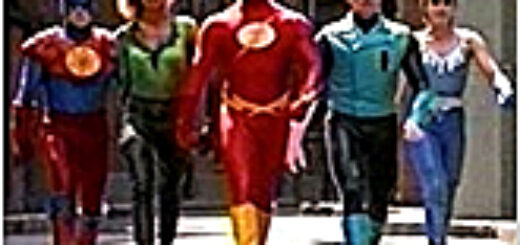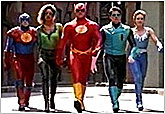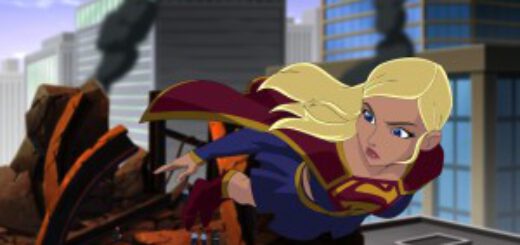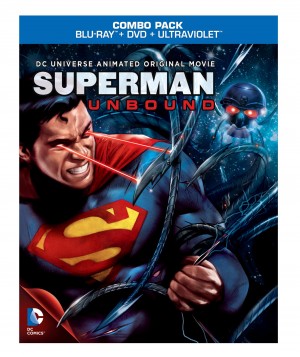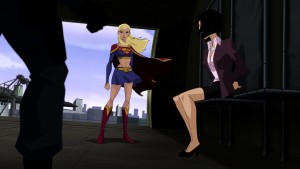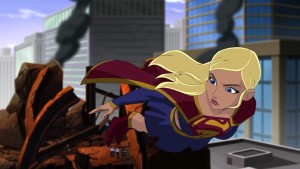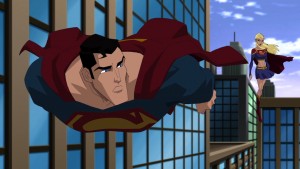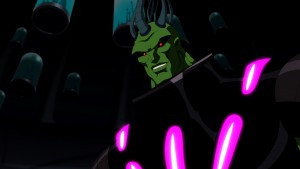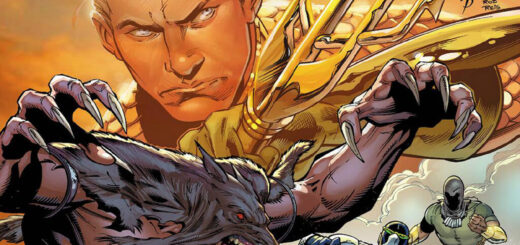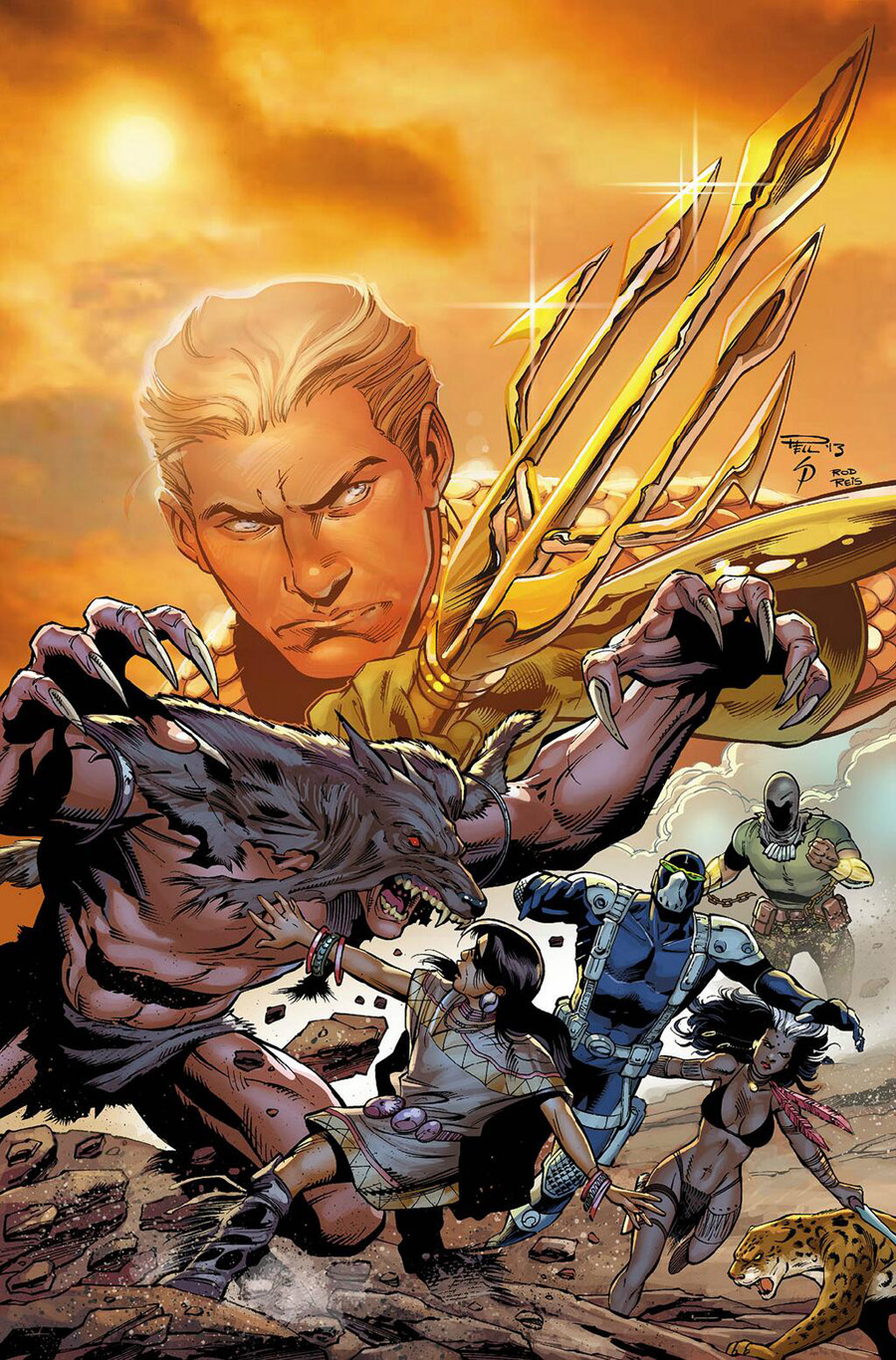Marc Alan Fishman: Dear Marvel and DC…
Dear Marvel and DC,
It’s been too long since I’ve written you, and for that I am very sorry. I’d think it awkward, given that I was once a weekly reviewer of your monthly publications, but I’ve essentially all but given up on them over the last six months. And it’s not because of financial concerns, or even a matter of proximity. Certainly sparing ten to twenty bucks a week for a decent load of your wares from one of the fine comic shops mere blocks from my office was once a weekly delight. But over time, my pull list dwindled and dwindled. Each book in your respective repertoire began to feel repetitive, dull, or forced. And as insult to the injury… the shop I frequented only carried indie books they “knew would actually sell” unless I specifically sought them to be ordered and held. It was a dark time, and I flew a white flag.
I’ve done this in the past. Like a jilted lover, sometime absence makes the heart grow fonder. I figured I’d soon see the new announcements stemming from successful dalliances on TV and the multiplex. With a growing fan-base learning about Hydra and Kree maps, or hearing the name Black Adam whispered with Dwayne “The Rock” Johnson being cast, there was no doubt in my mind you knew that the world was set to look at your publishing ventures as potential incubators for those next great ideas.
And then, as if you’d not learned from past mistakes, you started announcing one major-huge-epic-don’t-miss-it-or-by-Rao-you’ll-be-out-of-the-loop-for-decades event after another.
I believe in tough love. It’s never easy to swallow, I know. In my life, it’s always followed by a period of reflection and growth. My high school art teacher said I couldn’t draw my way out of a paper bag. I went to art school and learned how. My college professor said I’d only get out of my art what I put into it. In response, I completed an 8′ x 10′ woodcut with a 1mm gouge. My first employer after graduation said I’d never amount to an art director. I’ve been one now for going on eight years. So trust me when I say that this comes from a place of kindness:
Your events, by and large, really suck.
Yeah, I know you’ve got sales data to prove me wrong. But you know what I have? I have an informed opinion. Civil War was cool. How did The Initiative do for you shortly after? Identity Crisis was excellent, until it got rapey. Fear Itself was novel for a hot minute until I realized it was a D&D campaign from 1996. Flashpoint, Countdown to Final Crisis, and yeah Final Crisis were worth more as toilet paper than as solid fiction. Oh, I’m sorry, I was supposed to read them in 3-D, and backwards because Grant Morrison said it’d make more sense that way? I said the same thing when I tried to convince my wife sweatpants were a viable option for date-night.
And here with both of you announcing and announcing cryptic apocalyptic coinciding crises sometime in the spring? It’s reminiscent of The Producers. I mean, how many dancing Charlie Xaviers will we need before we start guessing it’s all one big joke to you?
The fact of the matter is no amount of adjective-dropping will entice me away from my most glorious hibernation. You’ve both cried wolf far too many times now. Fool me once, shame on me. Fool me thirty-two times with multiple X-Men deaths and rebirths, time-bullets, time-vampires, ret-conned continuities, and multiple-multiverses… shame on you. You seem to forget that after every one of these universe shattering events comes fallout. Canceled series of stalwart brands. Bold new books that will be canceled long before their given a chance to find a rhythm and fan base. Not to be lewd about it, but guys, you can’t shit the bed and then expect us to clean it up with a smile.
I don’t care if Tony is going to be a power-sharing super-douche. Or that Alexander Luthor never really died. Or that Wolverine is dead until Shadowcat phase-pulls his rotting corpse out of his statue-self followed by a trip back through time using Booster Gold’s leftover suit. I don’t even care if you’re exploring new What-If universes with Spider-Gwen. It doesn’t get me hot and bothered that you’re potentially ret-conning away the New52. No matter your proposed gimmick, I’m not buying it.
At the end of the day, I smell your desperation a mile away. It wasn’t like this when Mark Waid was batting 1000 on Daredevil. It wasn’t like this when Geoff Johns was expanding the Green Lantern and Flash mythos without traveling outside the borders of their respective books. You know you can be better than this, but instead are trying to win over everyone with a grand sweeping motion. It’s just not necessary.
And when you realize that? I’ll be back in the shop with my money in hand.
Sincerely,
Marc Alan Fishman
Ex-Pat. Indie Creator. Bridge Burner.





